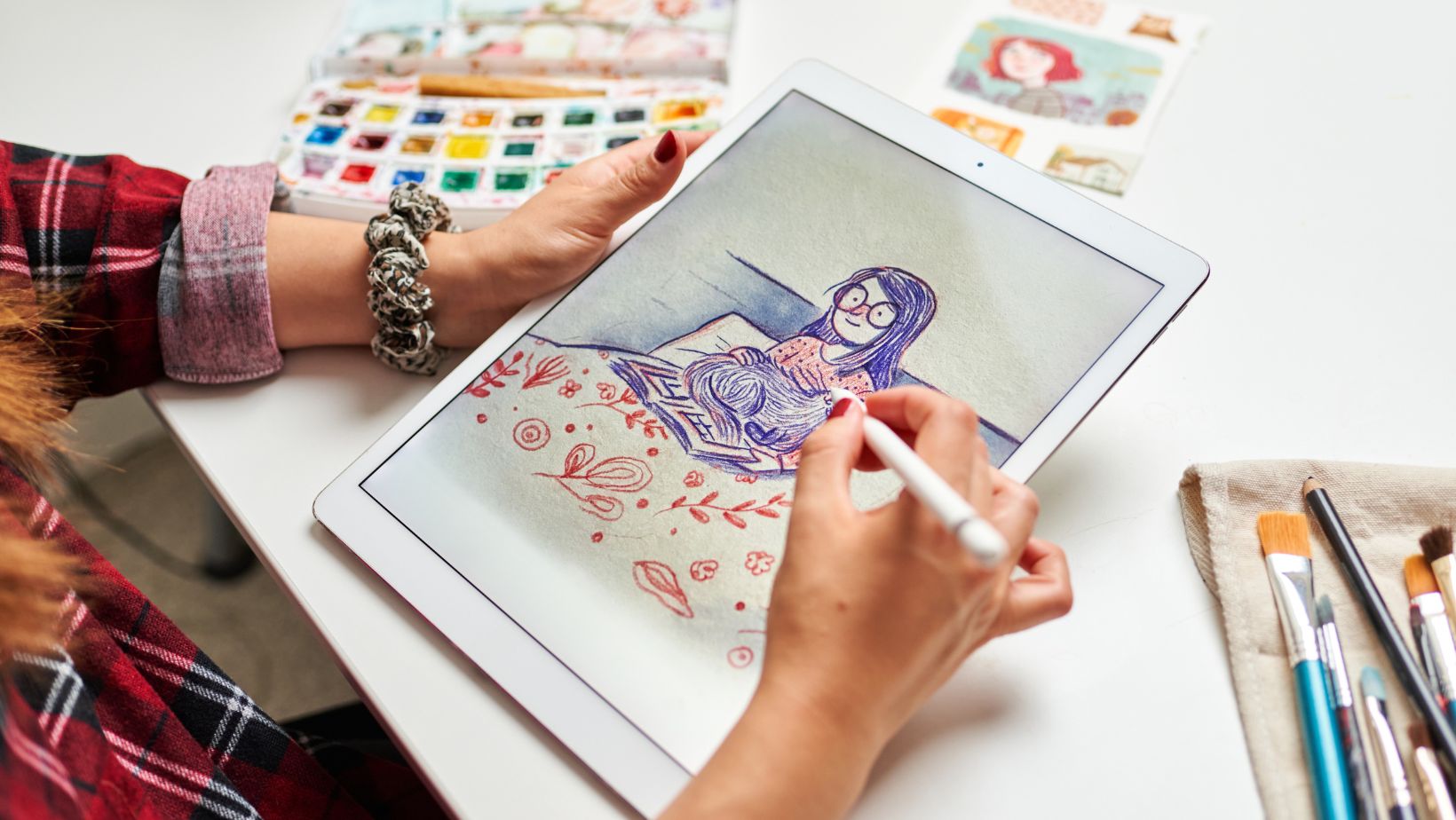Table of Contents
ToggleHow to Add Texture in Illustrator
Looking to add texture in Illustrator? You’ve come to the right place! In this article, I’ll share some valuable tips and techniques for adding texture to your designs using Adobe Illustrator. Whether you’re a beginner or an experienced user, these tips will help you elevate your artwork and bring it to life with depth and dimension.
Pattern fills are one of the easiest ways to add texture in Illustrator. Illustrator offers many preloaded patterns to apply directly to your shapes or objects. Select the desired shape, go to the “Swatches” panel, and choose a pattern that suits your design. You can also create custom patterns by combining shapes, lines, or images.
Another effective way to introduce texture is through the use of brushes. Illustrator provides various brush options, including artistic, scatter, and pattern brushes. These brushes allow you to seamlessly apply realistic textures such as watercolor strokes, charcoal effects, or even grunge elements onto your artwork.
Experiment with brush settings like size, opacity, and pressure sensitivity to achieve the desired textured effect.
Choosing the Right Artboard Size
When adding texture to Illustrator, one important consideration is choosing the right artboard size. The artboard size determines the dimensions of your canvas and plays a crucial role in how your textured design will look and feel. Here are some tips to help you make the best choice:
By considering these factors when choosing an artboard size for adding texture in Illustrator, you’ll be better equipped to create visually appealing designs that effectively convey texture and depth.

Creating a New Document
When it comes to adding texture in Illustrator, the first step is to create a new document. This sets the foundation for your creative journey and ensures you have the right canvas. Let’s dive into how you can easily create a new document in Illustrator.
- Launch Illustrator: Start by opening Adobe Illustrator on your computer. You can download it from the official Adobe website if you don’t already have it installed.
- Choose New Document: Once Illustrator is up and running, go to the “File” menu at the top left corner of your screen and click “New…” This will open up the New Document dialog box.
- Set Document Parameters: In the New Document dialog box, you’ll find various options to customize your document according to your preferences. Here are a few key parameters that you need to consider:
- Profile: Select the appropriate profile based on your intended use for the artwork. For example, choose “Print” as the profile if you’re designing for print.
- Size: Specify the dimensions of your document by entering values for width and height. You can choose from predefined sizes or enter custom dimensions.
- Units: Decide whether you want to work in inches, millimeters, pixels, or any other unit of measurement that suits your workflow.
- Color Mode: Determine whether your artwork will be created in RGB (Red-Green-Blue) or CMYK (Cyan-Magenta-Yellow-Black) color mode based on its intended output.
- Additional Options: The New Document dialog box also provides additional options such as orientation (portrait or landscape), resolution (for raster-based effects), and advanced settings like bleed and slug areas if needed.
- Create Your Document: After setting all the parameters, click “Create” to generate your new document with the specified specifications.
Adding texture in Illustrator can greatly enhance the visual appeal of your designs. You can easily bring depth and tactile quality into your digital creations by utilizing pattern fills and various brush techniques.
So go ahead and explore these tips – get creative with textures in Illustrator today!






